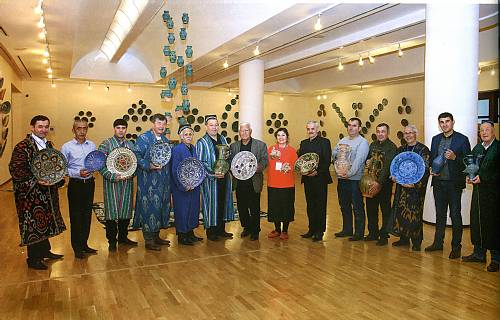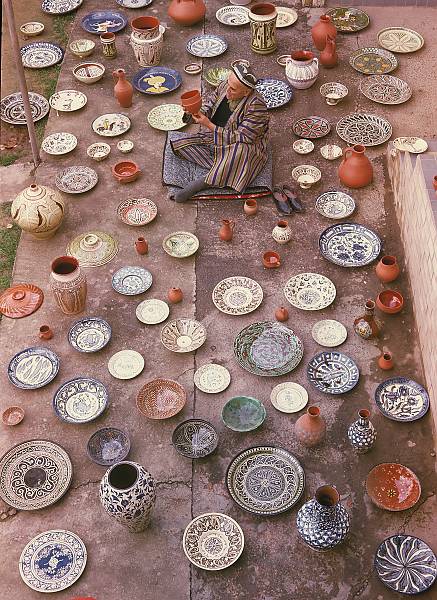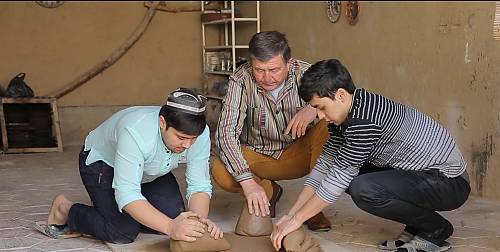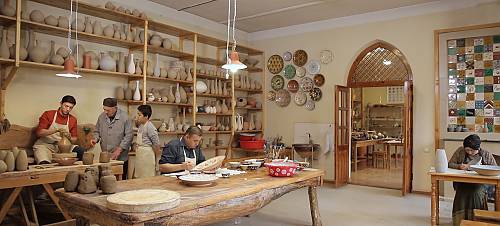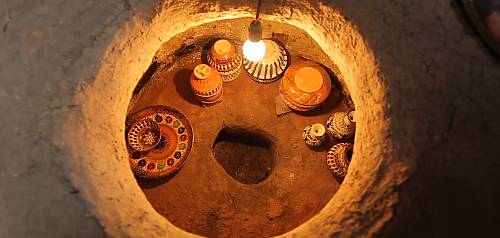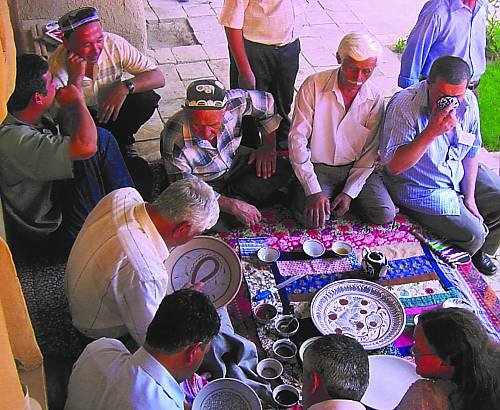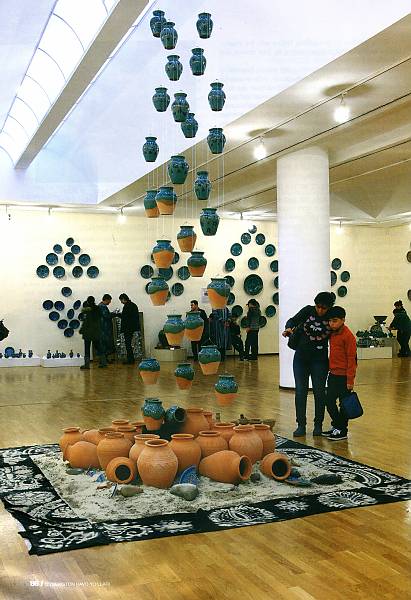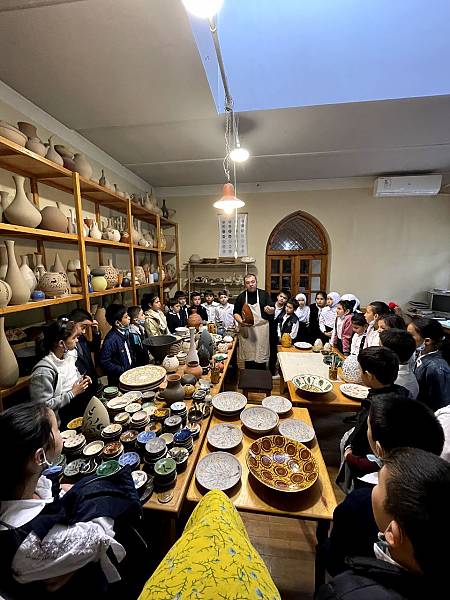Ceramic arts in Uzbekistan
Inscribed in 2023 (18.COM) on the Representative List of the Intangible Cultural Heritage of Humanity

Ceramic art is one of the oldest forms of applied art in Uzbekistan, where deposits of loess clay, including pottery clay, can be found. The practice is used to create large household items used in the everyday life of rural populations, such as large containers for storing food and water, tandoor ovens, jugs and toys. Traditionally, the knowledge related to creating ceramic art was transmitted informally within families, from father to son and from grandfather to grandson. Today, an increasing number of potters are now willing to transmit this knowledge to youth from the community and to their daughters and spouses, thereby increasing production. New potters are trained first by observation, then involvement in different stages of the process and finally by working on their own. The practice is also transmitted through community art circles, universities, colleges and art schools, as well as at festivals, craft fairs and exhibitions. In addition to its historical and functional significance and artistic value, Uzbek ceramic art contributes to the enrichment of cultural diversity and human creativity. The production and sale of ceramics are also a source of livelihood and a key part of the social and economic life of the communities concerned.
